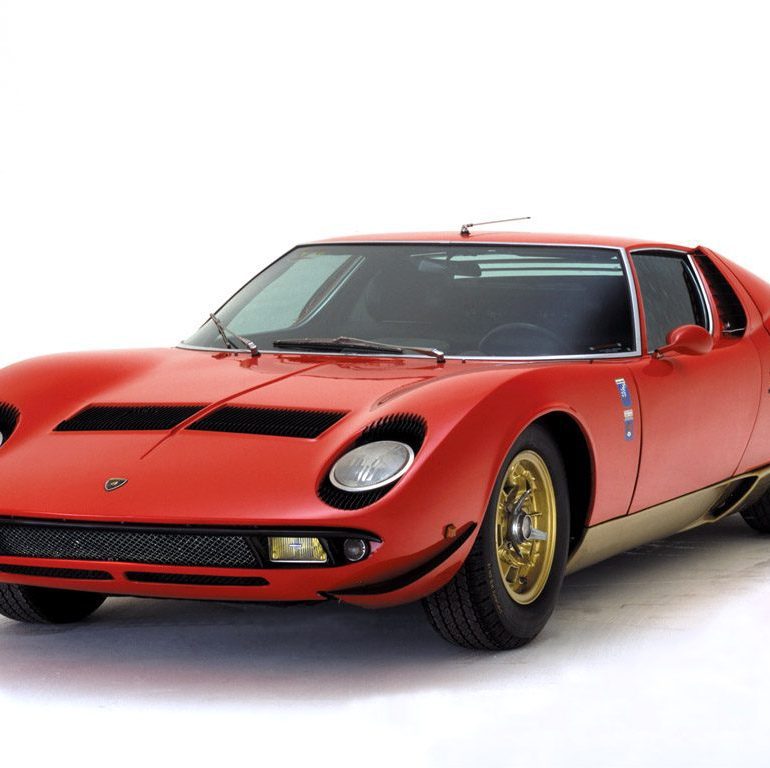The Greatest Supercars And Sports Cars Of The 1960s
The 1960s was a decade of great progress. The world was changing, and car design leapt forward, building upon the growth seen in the decade that went before. Gone were the traditional three-box silhouettes of the forties and fifties, replaced by swooping curves and lines inspired by the jet age and huge advances in aerodynamic design.
Power outputs jumped forward too. Following the baby-boomer optimism of the 1950s, the Sixties saw a confidence and bolshy determination to go faster than the other guy. Rivalries like the legendary tussle between Ford and Ferrari drove innovation in a similar way to the Space Race between Russia and the USA, but on a more Earthly plane.



